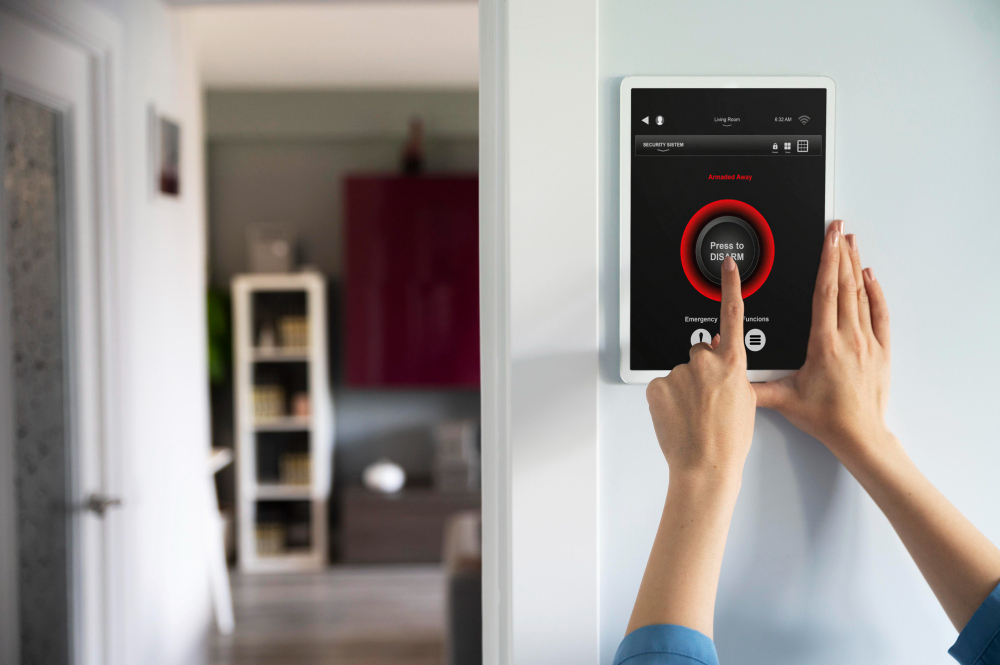
Security Cameras Installation helps protect your home or business. Before you start, there are important things to know to make the process smoother and more effective.
Understand Your Needs
Think about why you want security cameras. Some people want to watch over their front door. Others need cameras around the whole property. Make a list of places you feel need extra eyes. This will guide your plan for security camera installation.
Choose the Right Type of Cameras
There are different types of cameras. Some work well indoors, others are made for outdoor use. Some cameras record only when they sense movement, while others record all the time. Think about what you really need. If you live in an area with lots of rain or snow, make sure your outdoor cameras are weather-resistant.
Check Local Laws
In the USA, rules about security camera installation can change from state to state. Some states have strict rules about recording audio. Others may have rules about pointing cameras toward your neighbor’s property. It’s best to check local laws before you buy or install anything. This helps avoid legal trouble later.
Plan the Best Places to Install
Good placement is key to making cameras useful. Place them at main entry points like front and back doors. You might also want to cover the driveway, yard, or garage. For inside, you could focus on common areas like living rooms or hallways. Avoid putting cameras in bedrooms or bathrooms to protect privacy.
Think About Lighting
Security cameras work best when there is enough light. Some cameras have night vision, but even these can work better if there is a porch light or small outdoor light. Check each spot you plan to cover at night to see if extra lighting might help.
Choose Wired or Wireless
Wired cameras are powered by cables and usually have a steady connection. Wireless cameras connect to your Wi-Fi, which makes them easier to move and install. Wired cameras can be harder to install but may be more reliable in areas with weak Wi-Fi.
Plan for Storing Videos
Most cameras record to the cloud, a memory card, or a digital video recorder. Cloud storage often means paying a monthly fee. Memory cards can fill up fast if you record all the time. Decide how long you want to keep videos and pick a storage option that fits.
Think About Internet Speed
If you pick wireless cameras, they will use your internet connection. Too many cameras or very high video quality can slow down your Wi-Fi. Check your internet plan to see if it can handle extra load from security camera installation.
Set a Budget
Security camera installation can cost less if you do it yourself, but you might still need tools or extra parts. Professional installation costs more but saves time and makes sure everything is set up right. Decide what you’re willing to spend before shopping.
Test Your System
Once cameras are installed, test them. Make sure the cameras can see what you want to watch. Check that you can view the video on your phone or computer. Test the alerts and notifications too.
Keep It Updated
Over time, keep your security camera system updated. Manufacturers sometimes release updates to fix problems or add new features. Make sure you install these updates to keep your system working well.

